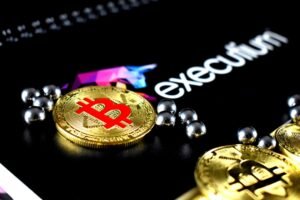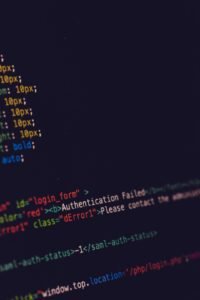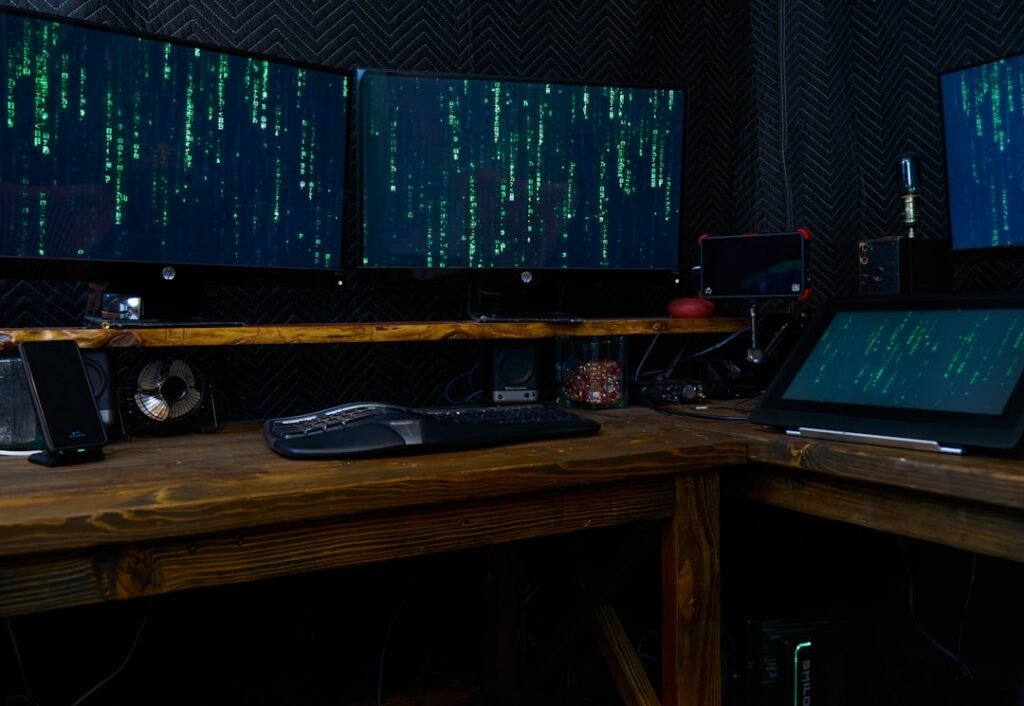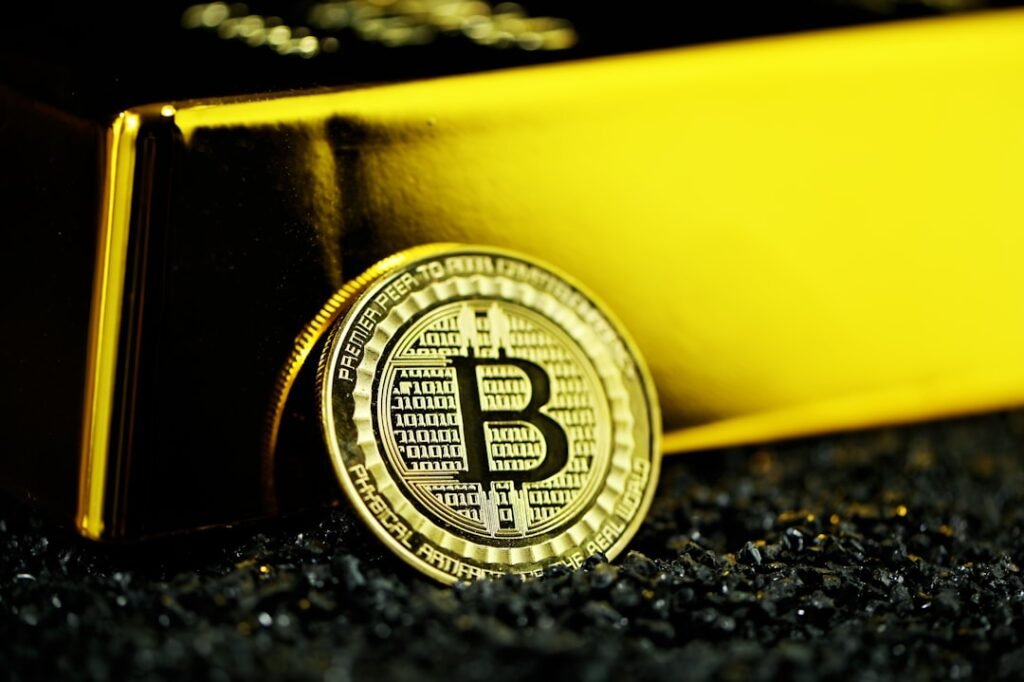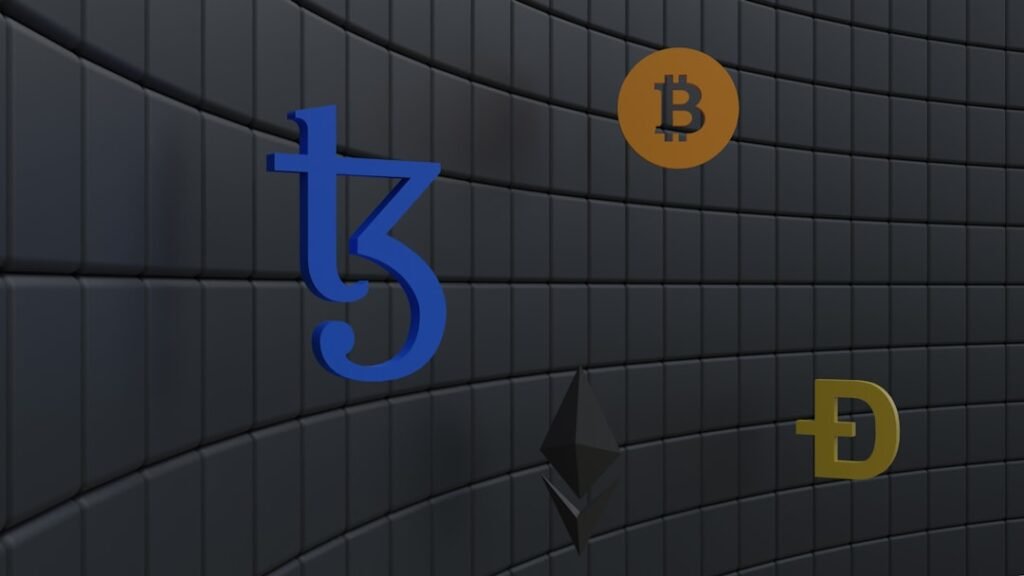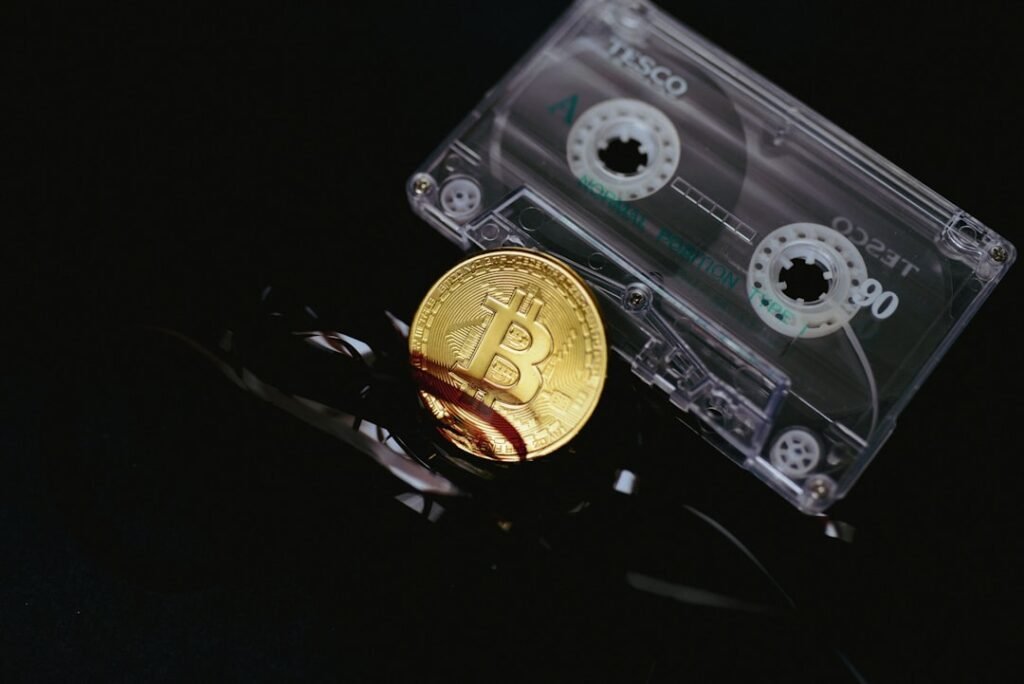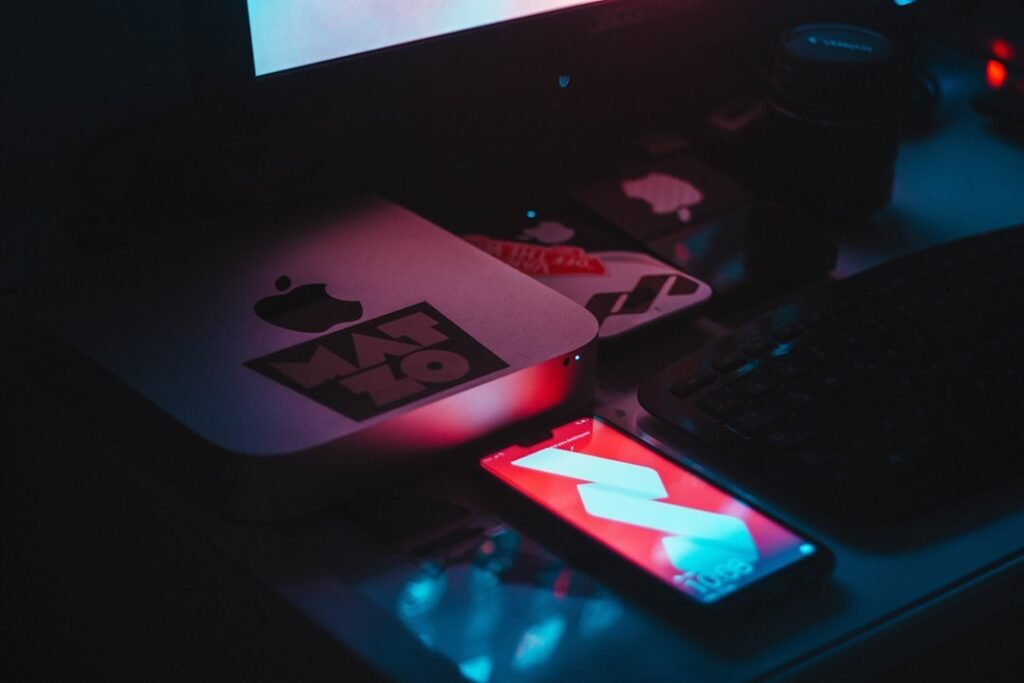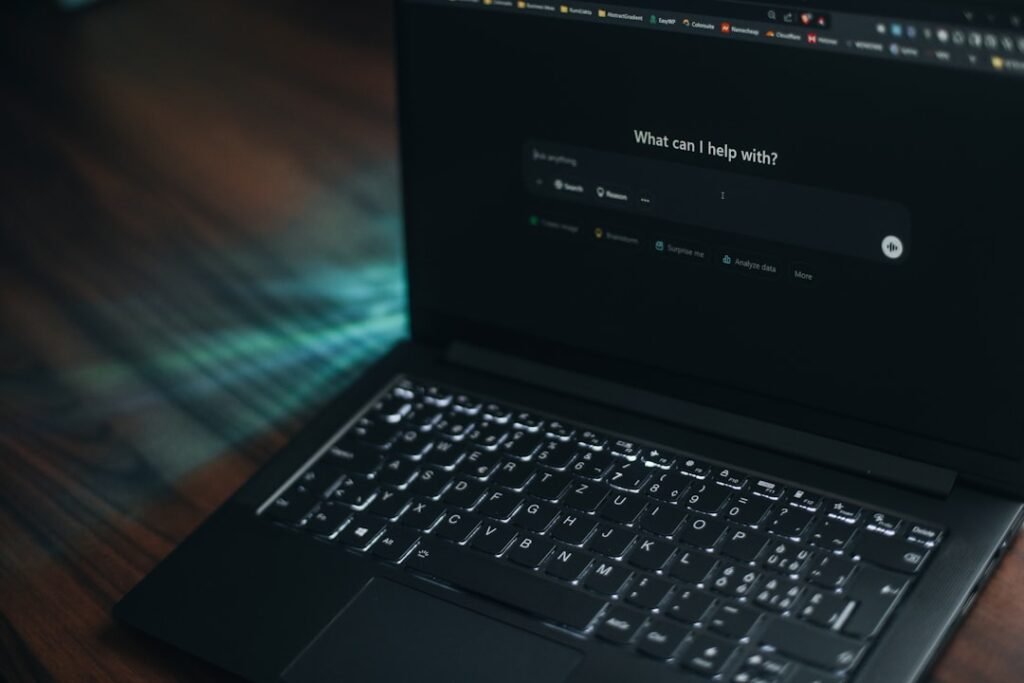How to Safely and Effectively Manage Your Cryptocurrency Assets?
Digital assets like cryptocurrencies, NFTs, and other tokens have moved beyond "emerging" status—they represent a fundamental shift in how we conceptualize value and ownership in the digital age. Blockchain technology underpins this revolution, providing the secure, transparent foundation for creating, storing, and transferring these assets. Understanding how to manage them safely and effectively is crucial for anyone participating in this dynamic ecosystem.
Blockchains are the core technological innovation enabling digital assets. Essentially, a blockchain is a method of securely recording information across a decentralized, peer-to-peer network. Imagine it as a shared public database, duplicated across thousands of computer systems globally. New entries, called 塊, are continuously added, each cryptographically linked to the previous one. This chaining creates an immutable record: once information is added to a block and subsequent blocks are built upon it, altering that historical data becomes computationally infeasible. Different blockchains operate using specific protocols governing how transactions are validated and new blocks are created.
A digital asset is created, or minted, when new information representing ownership or a unique item is added to a particular blockchain. Through transactions recorded on these blockchains, users can exchange existing digital assets or create entirely new ones.
Understanding Digital Asset Types
The term "digital assets" serves as a broad umbrella encompassing anything minted and exchanged on a blockchain. We can generally categorize them into several key groups:
- Cryptocurrencies: Primarily designed as digital currencies or stores of value (e.g., Bitcoin, Ethereum). They function as mediums of exchange within their networks and beyond.
- Utility Tokens: Provide access to specific functions or services within a decentralized application (DApp) or platform ecosystem.
- Security Tokens: Represent digital ownership of real-world assets like stocks, bonds, or real estate, often subject to financial regulations.
- 不可流通代幣 (NFT): Unique digital assets representing ownership of a specific item or piece of content (e.g., digital art, collectibles, virtual real estate, in-game items). Each NFT is distinct and cannot be directly replaced by another identical token.
- Stablecoins: Cryptocurrencies designed to minimize price volatility, typically pegged to a stable asset like the US dollar.
The Critical Role of Secure Digital Asset Storage
A fundamental principle is that digital assets themselves reside on the blockchain ledger where they were minted. What you actually control are the cryptographic keys that prove ownership and grant access to those assets on the ledger.
Each blockchain address (like an account) has two keys:
- 公開金鑰: Similar to an account number or email address. You share this publicly so others can send assets to you.
- 私密金鑰: Like a supremely powerful password. This is the key that proves ownership and authorizes transactions (e.g., sending cryptocurrency). Anyone possessing your private key has complete control over the assets associated with it.
Wallets are software or hardware tools designed to securely store your private keys and manage your interactions with the blockchain. They provide a user-friendly interface to view your holdings, receive assets, and initiate transactions. Crucially, the wallet safeguards your private keys; the assets themselves remain on the blockchain.
Why Key Security is Paramount: When you initiate a transaction, such as sending cryptocurrency, your wallet uses your private key to create a digital signature. This signature proves you own the assets and authorizes the transfer. If your private key is lost, you permanently lose access to your assets. If it's stolen, the thief gains full control. Protecting your private keys is the absolute cornerstone of safe cryptocurrency management.
The Expanding World of Digital Asset Utility
Owning digital assets unlocks a world of possibilities beyond simple holding or trading. Applications built on blockchain technology can interact with the assets held in your wallet, enabling diverse functionalities:
- Exclusive Access: Tokens can grant access to premium features in games, applications, or exclusive communities (e.g., NFT-gated content).
- 分散式金融 (DeFi): Participate in lending, borrowing, earning interest, trading derivatives, and other financial services without traditional intermediaries, using your cryptocurrency holdings.
- 治理: Holders of certain tokens often gain voting rights on the future development and direction of decentralized protocols or organizations (Decentralized Autonomous Organizations – DAOs).
- Verifiable Ownership & Provenance: NFTs provide a transparent and immutable record of ownership and history for digital art, collectibles, and other unique items.
- Interoperability: Assets secured on one blockchain can increasingly be used or represented on others through cross-chain bridges and protocols.
This ecosystem is rapidly evolving, constantly creating new opportunities and use cases for digital asset holders.
Safely and Effectively Managing Your Cryptocurrency Assets
Given the irreversible nature of blockchain transactions and the prevalence of threats targeting digital assets, implementing robust management practices is non-negotiable. Here’s a comprehensive guide:
-
Choose the Right Wallet:
- Hardware Wallets (Cold Storage): Physical devices (like USB drives) that store private keys offline. They are immune to online hacking attempts when not connected. This is the most secure option for storing significant amounts of cryptocurrency or valuable NFTs long-term. Examples include Ledger and Trezor.
- Software Wallets (Hot Wallets): Applications on your desktop, mobile phone, or accessed via a web browser. They are more convenient for frequent transactions but are inherently more vulnerable to malware, phishing attacks, and device compromise. Use these only for smaller amounts you need readily accessible.
- 保管皮夾: Wallets managed by third-party services (like exchanges). You do not control the private keys. While convenient, especially for trading, this means you rely entirely on the security and solvency of the custodian. "Not your keys, not your crypto" is a crucial adage here. Only keep assets you are actively trading on exchanges.
-
Master Private Key Security:
- Never Share: Your private key (or seed phrase – see below) should never be shared with anyone, entered into websites, or stored digitally in plain text (like emails, notes apps, or cloud storage).
- Seed Phrase (Recovery Phrase): Most wallets generate a 12, 18, or 24-word seed phrase when set up. This phrase is the master key to regenerate your private keys and access all assets linked to that wallet. Protecting this phrase is as critical as protecting individual private keys.
- 安全儲存: Write down your seed phrase legibly on durable material (metal plates designed for this purpose are highly recommended). Store multiple copies securely in separate, physically secure locations (e.g., safe deposit box, home safe, trusted relative's safe). Never store it digitally unless encrypted using strong, specialized tools (and even then, with extreme caution).
- Avoid Digital Traces: Do not take photos of your seed phrase, store it in password managers not designed for crypto seeds, or type it into any device unnecessarily.
-
Implement Multi-Factor Authentication (MFA) Everywhere:
- Enable MFA (preferably using an authenticator app like Google Authenticator or Authy, 不是 SMS which is vulnerable to SIM swapping) on 所有 accounts related to your digital assets: exchange accounts, custodial wallets, DeFi platform logins, and even your email account associated with these services.
-
Practice Vigilant Cybersecurity:
- Phishing Scams: Be hyper-aware of phishing emails, messages, or fake websites mimicking legitimate services (exchanges, wallets, DeFi platforms). Always double-check URLs, never click suspicious links, and navigate directly to known websites. Legitimate services will never ask for your seed phrase.
- Malware: Use reputable antivirus/anti-malware software and keep your operating system and applications updated. Avoid downloading software or browser extensions from untrusted sources.
- Secure Devices: Use strong, unique passwords for all devices and online accounts. Consider using a dedicated device solely for crypto transactions if managing significant assets.
-
Diversify Storage (The "Multi-Sig" Option):
- For enhanced security, especially for shared accounts or significant holdings, consider multi-signature (multi-sig) wallets. These require multiple private keys (e.g., 2 out of 3) to authorize a transaction. This prevents a single point of failure (like one compromised key or device) from leading to loss.
-
Understand and Verify Transactions:
- Always double-check wallet addresses before sending any cryptocurrency. A single wrong character means funds are irretrievably lost.
- Understand transaction fees (gas fees on networks like Ethereum) before confirming.
- Verify smart contract interactions carefully when using DeFi platforms or minting NFTs. Malicious contracts can drain wallets.
-
Stay Informed and Skeptical:
- The crypto space moves fast. Stay updated on security best practices, common scams, and developments in the wallets and protocols you use.
- Be extremely skeptical of offers that sound too good to be true (high-yield "guaranteed" returns) or pressure you to act quickly. Conduct thorough research (DYOR – Do Your Own Research) before investing in new projects or tokens.
-
Consider Inheritance Planning:
- Digital assets can represent significant value. Ensure you have a secure plan for how loved ones can access your assets if something happens to you. This involves securely communicating the location of seed phrases or setting up legal structures like trusts that outline access procedures without compromising security while you are alive. Never include seed phrases directly in a will, as it becomes a public document.
Beyond Security: Effective Management Practices
- Portfolio Tracking: Use reputable portfolio trackers (many are non-custodial, meaning they don't hold your keys) to monitor the value of your holdings across different wallets and exchanges. This helps with overall financial planning and tax reporting.
- Tax Compliance: Cryptocurrency transactions (trading, spending, earning) often have tax implications. Keep meticulous records of all transactions (dates, amounts, asset types, counterparties, value in fiat at time of transaction). Consult with a tax professional knowledgeable in cryptocurrency regulations in your jurisdiction.
- Regular Backups: Ensure you have secure, offline backups of your seed phrases and any critical wallet files (for software wallets). Test your recovery process periodically to ensure it works.
- 風險管理: Only invest what you can afford to lose. The crypto market is highly volatile. Diversify your holdings across different asset types and blockchains where appropriate for your risk tolerance and investment goals.
Conclusion: Embracing the Future Securely
Digital assets powered by blockchain technology offer unprecedented opportunities for ownership, finance, and innovation. However, this new paradigm comes with unique responsibilities. The decentralized nature means you are the ultimate custodian of your security. By diligently implementing the practices outlined above – prioritizing secure storage (especially hardware wallets and seed phrase protection), practicing vigilant cybersecurity, staying informed, and managing your portfolio effectively – you can confidently navigate the exciting world of digital assets and safeguard your cryptocurrency holdings for the long term. Remember, security is not a one-time action but an ongoing discipline essential for thriving in this dynamic landscape.




